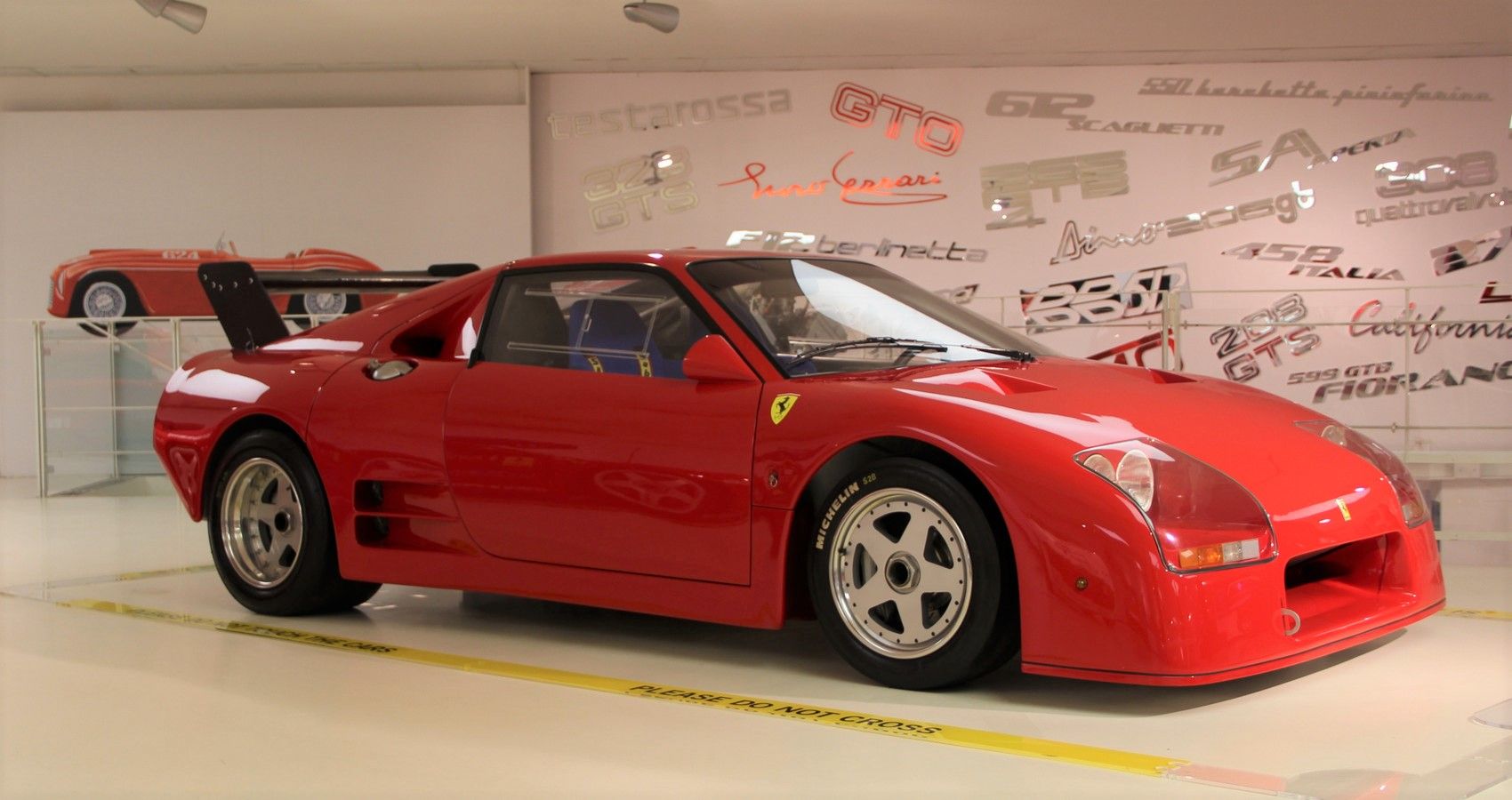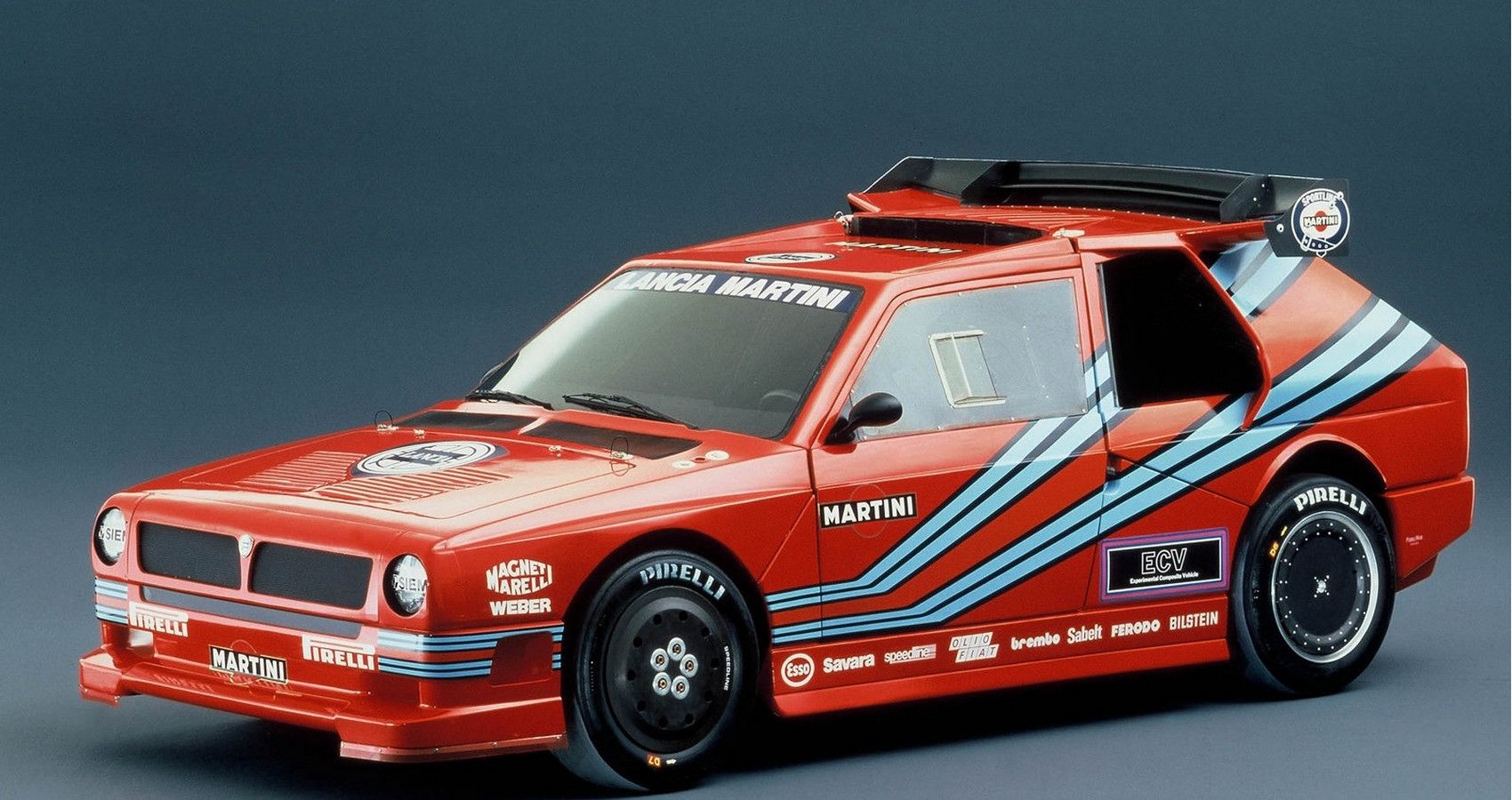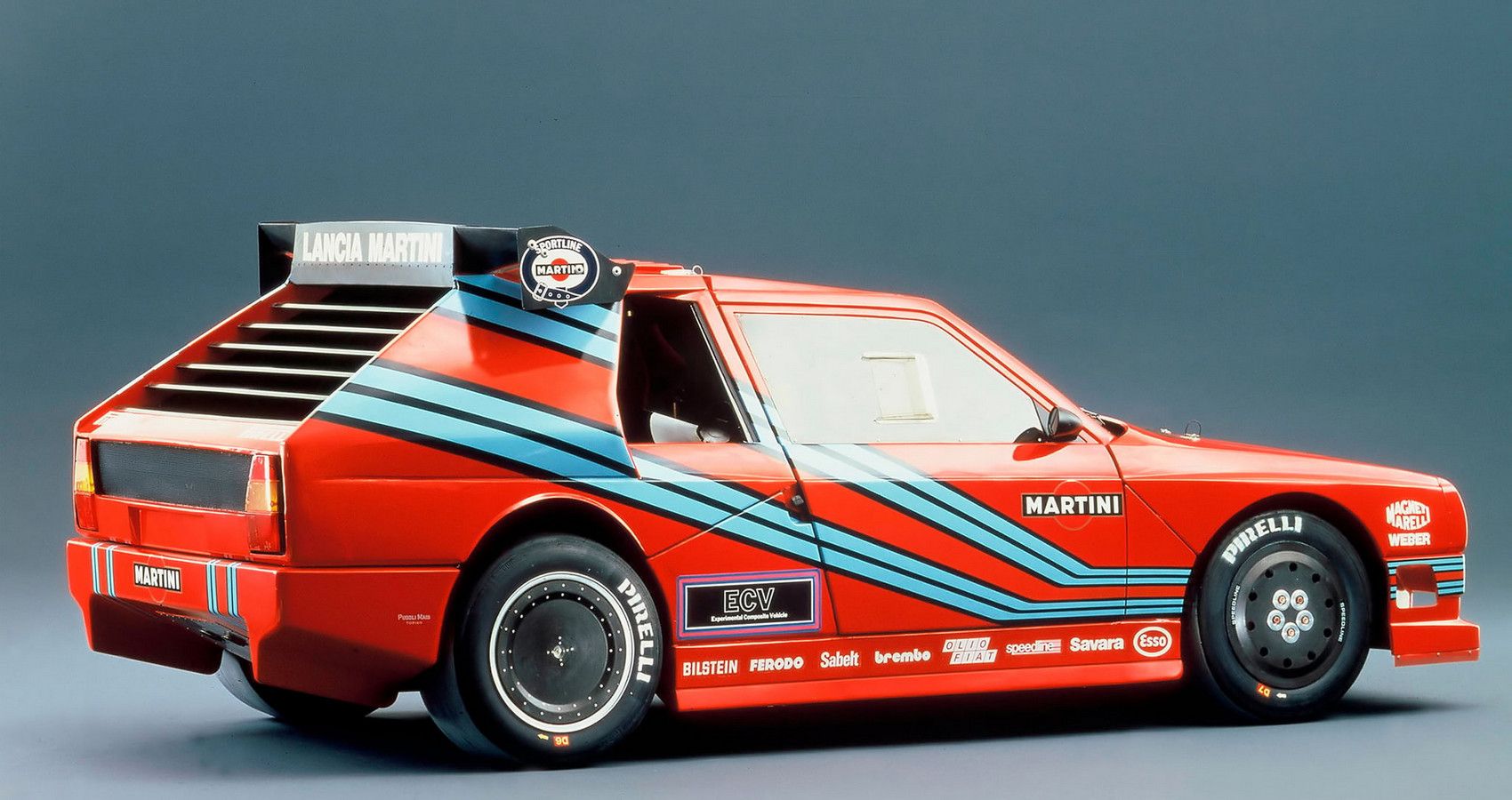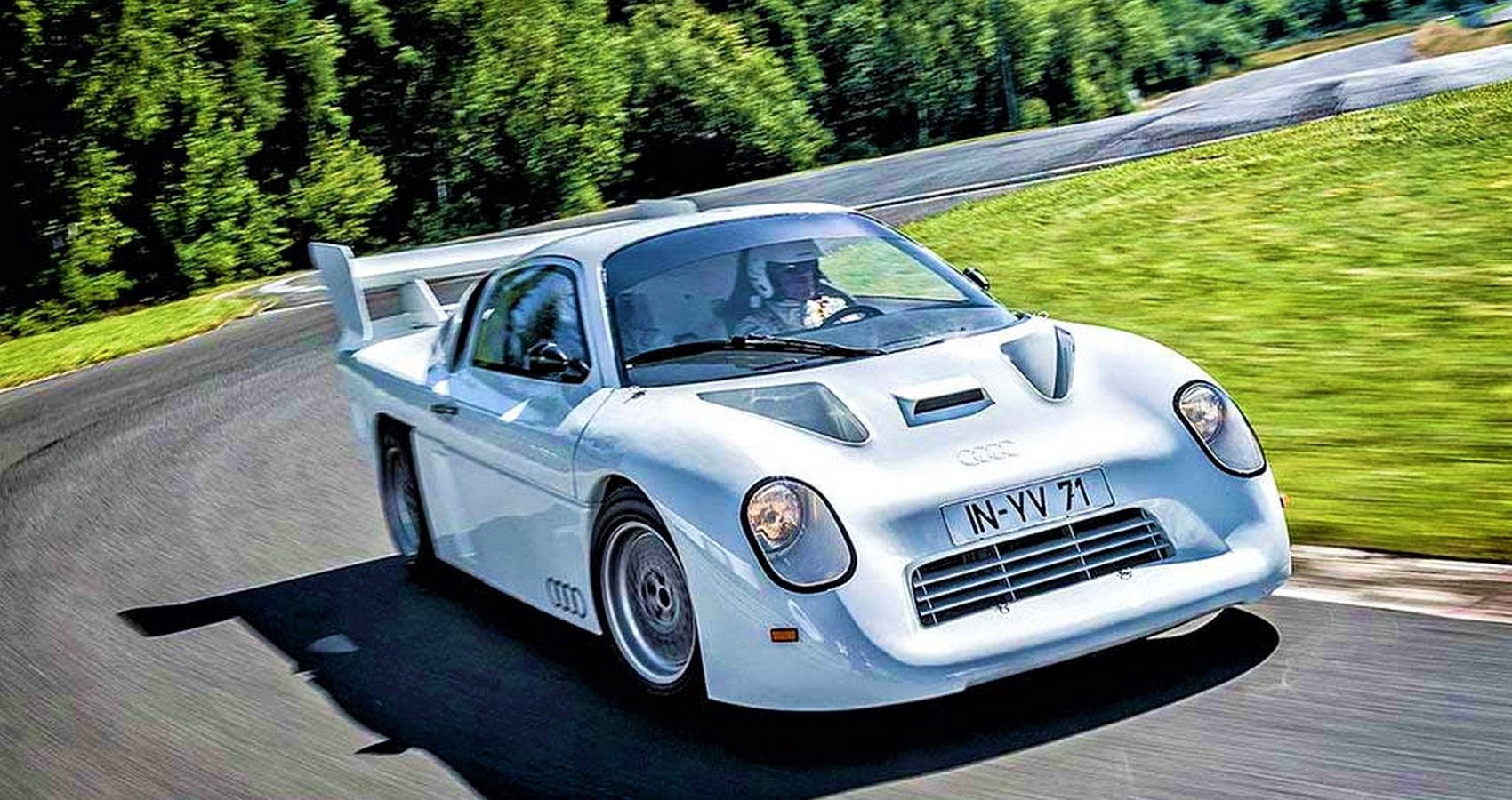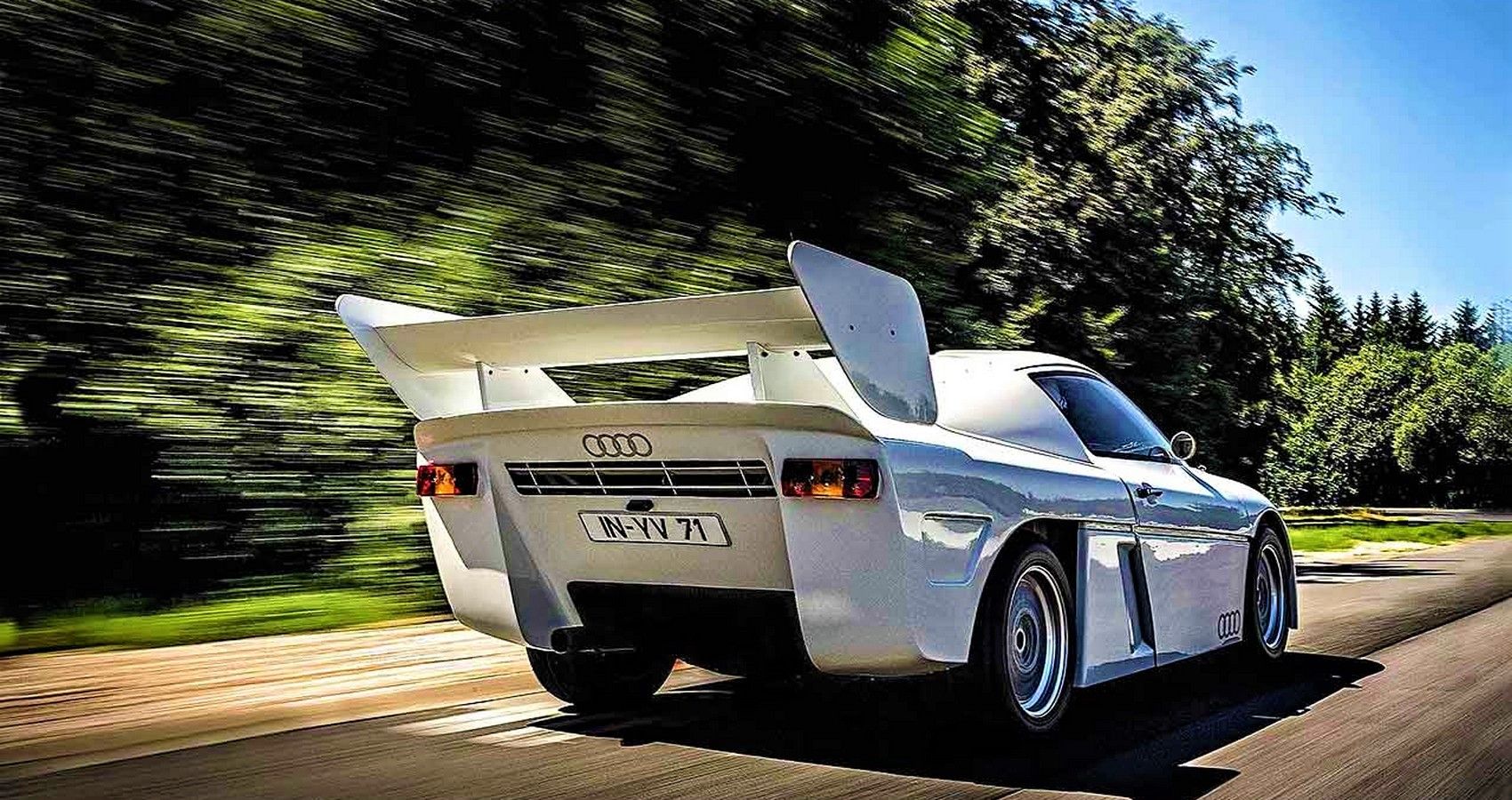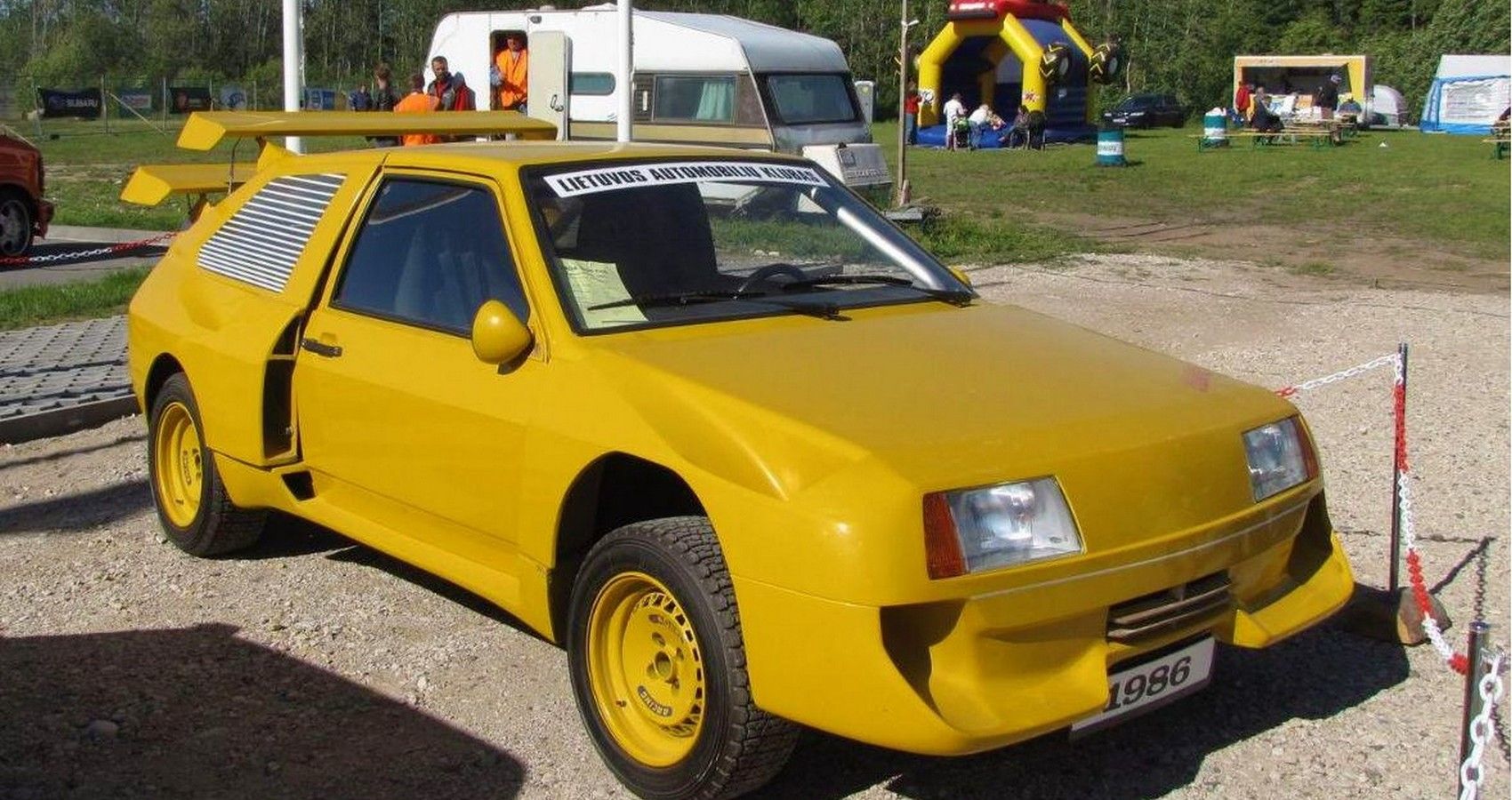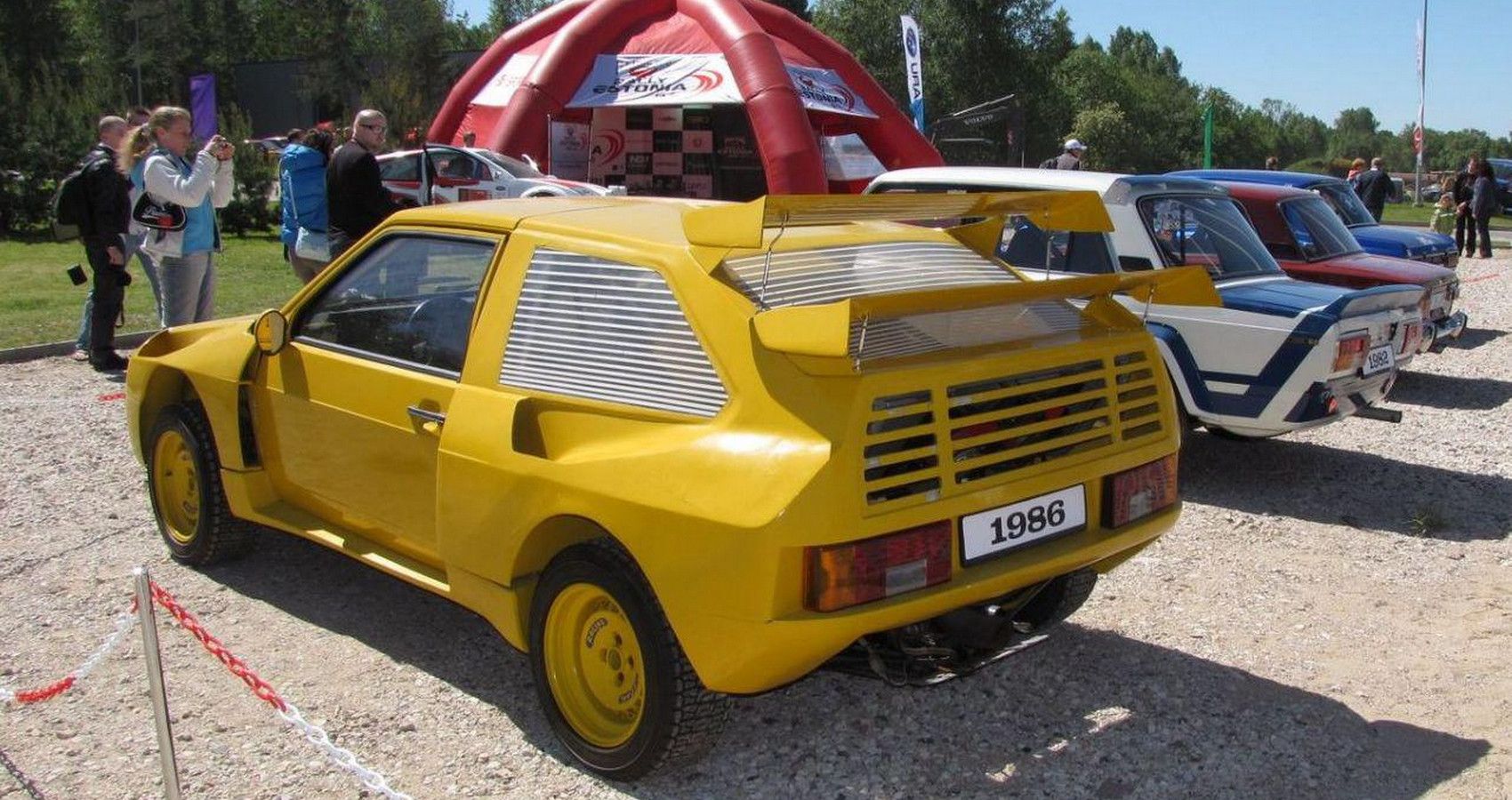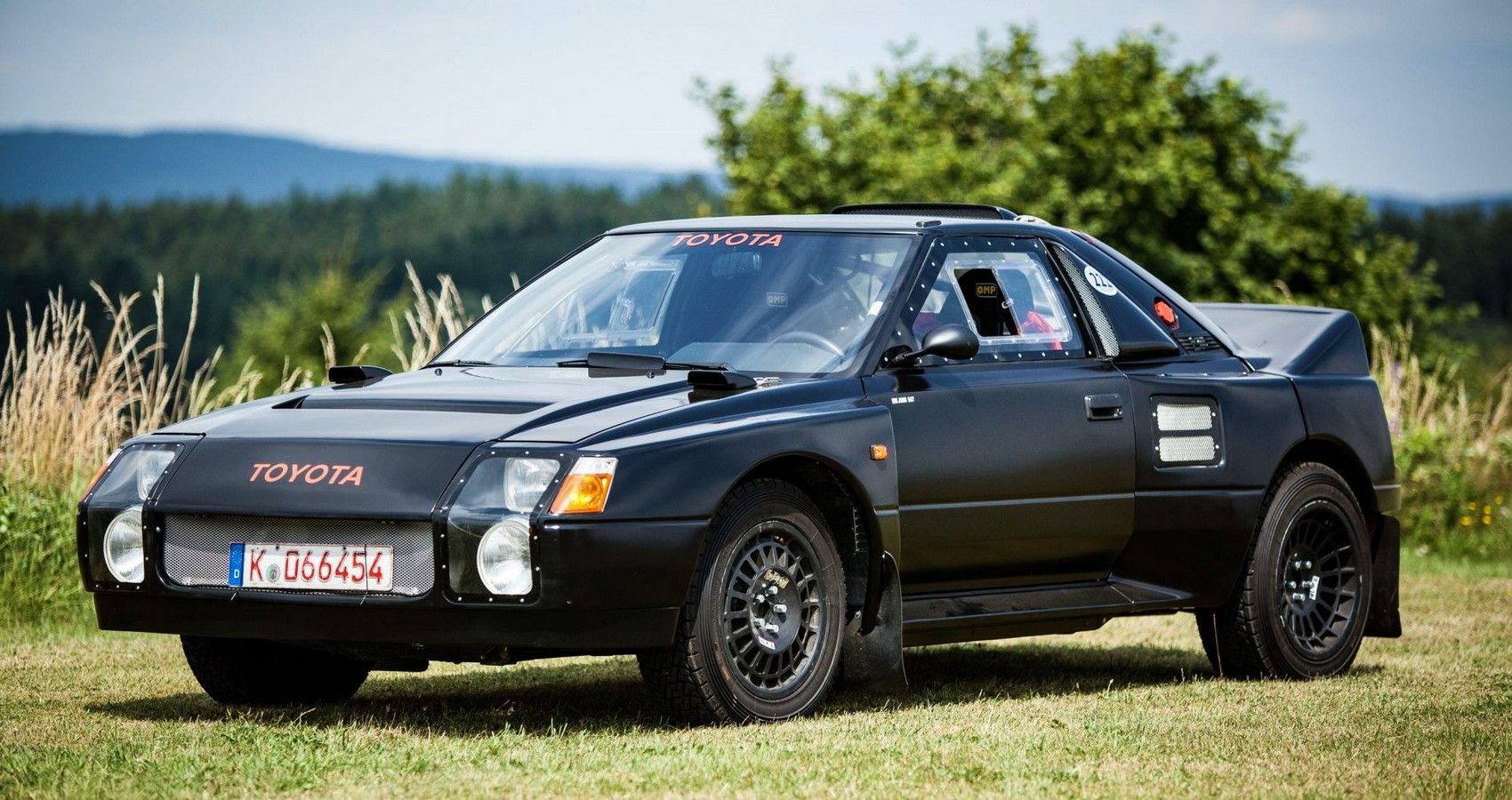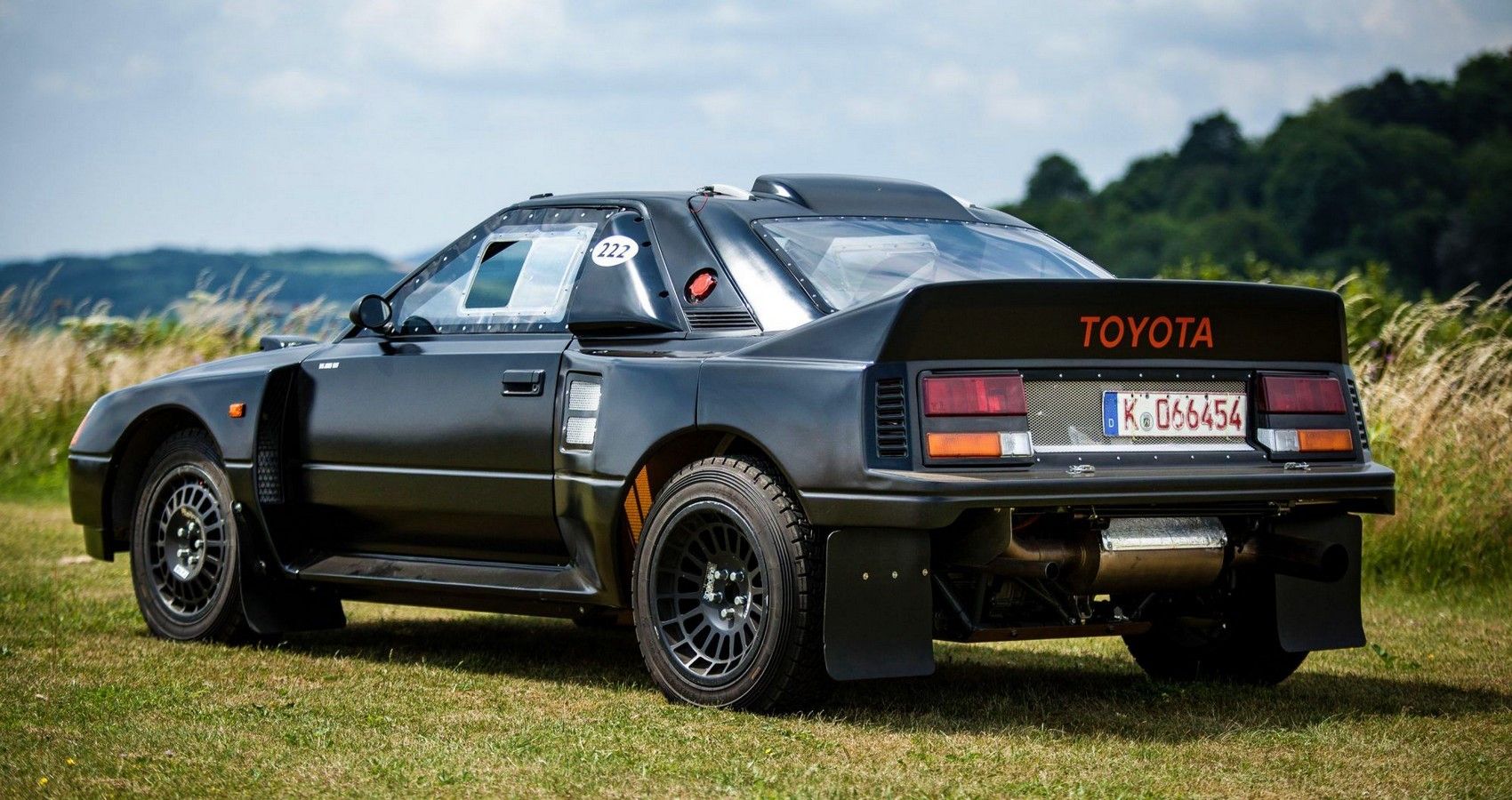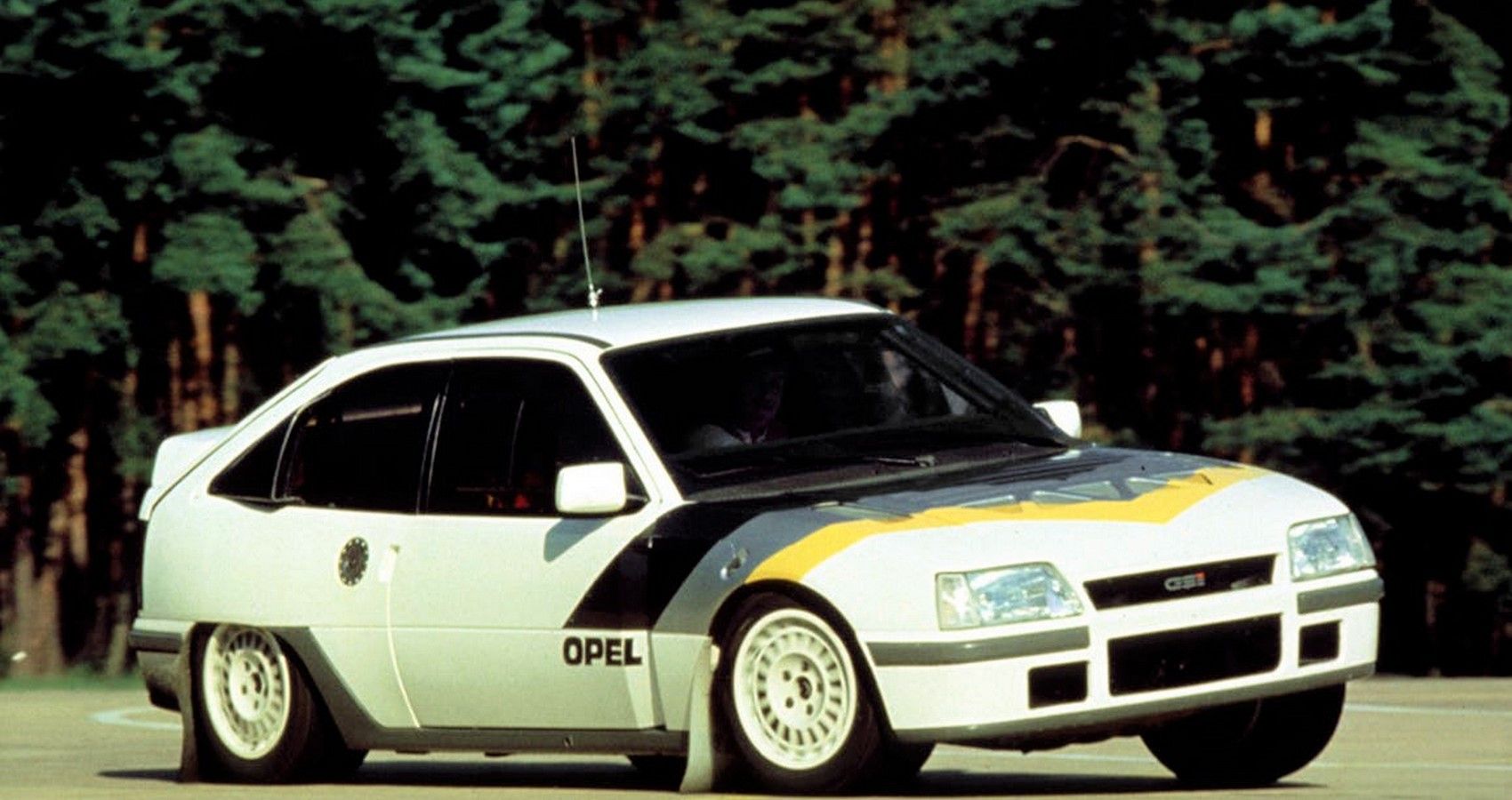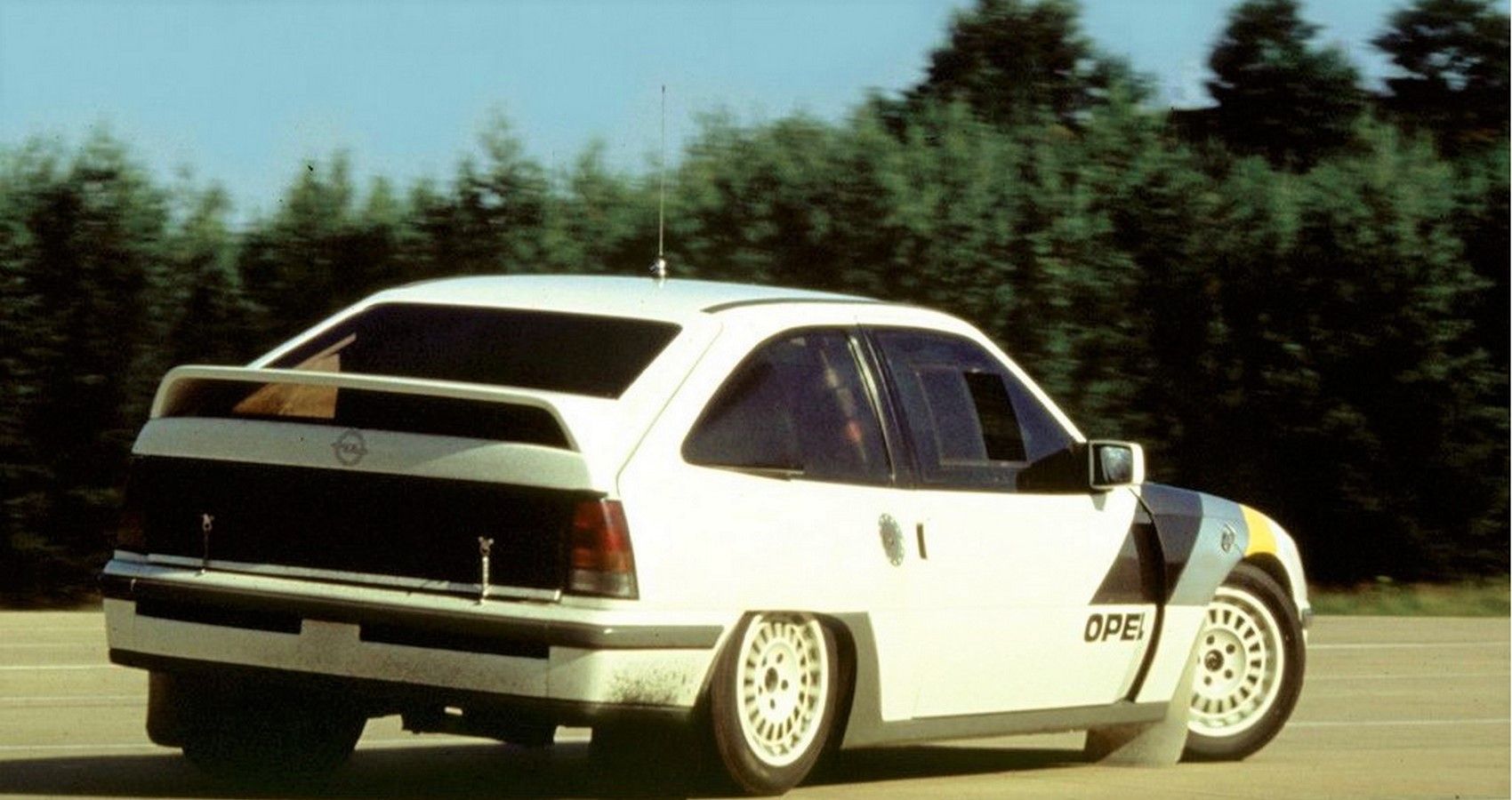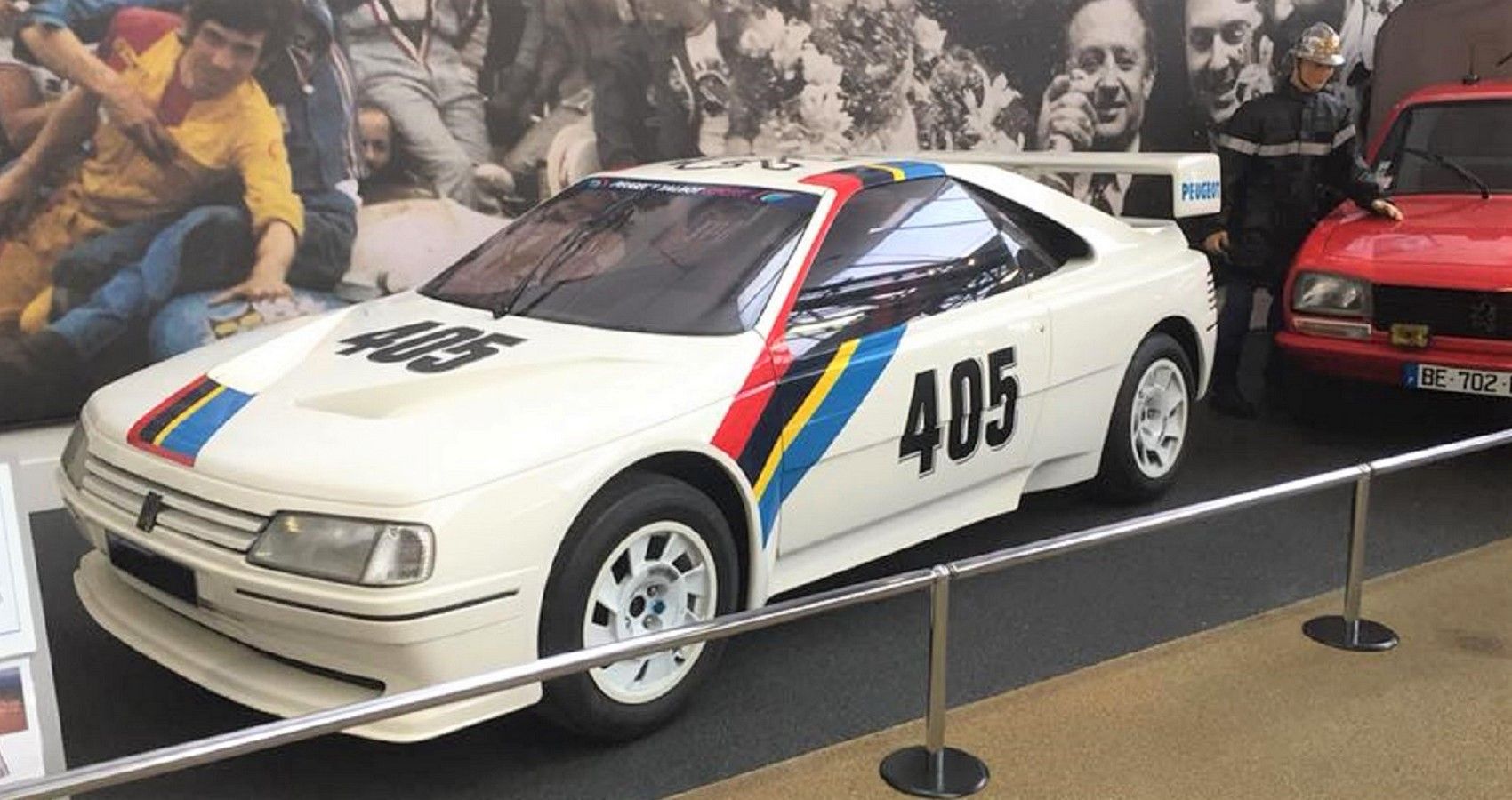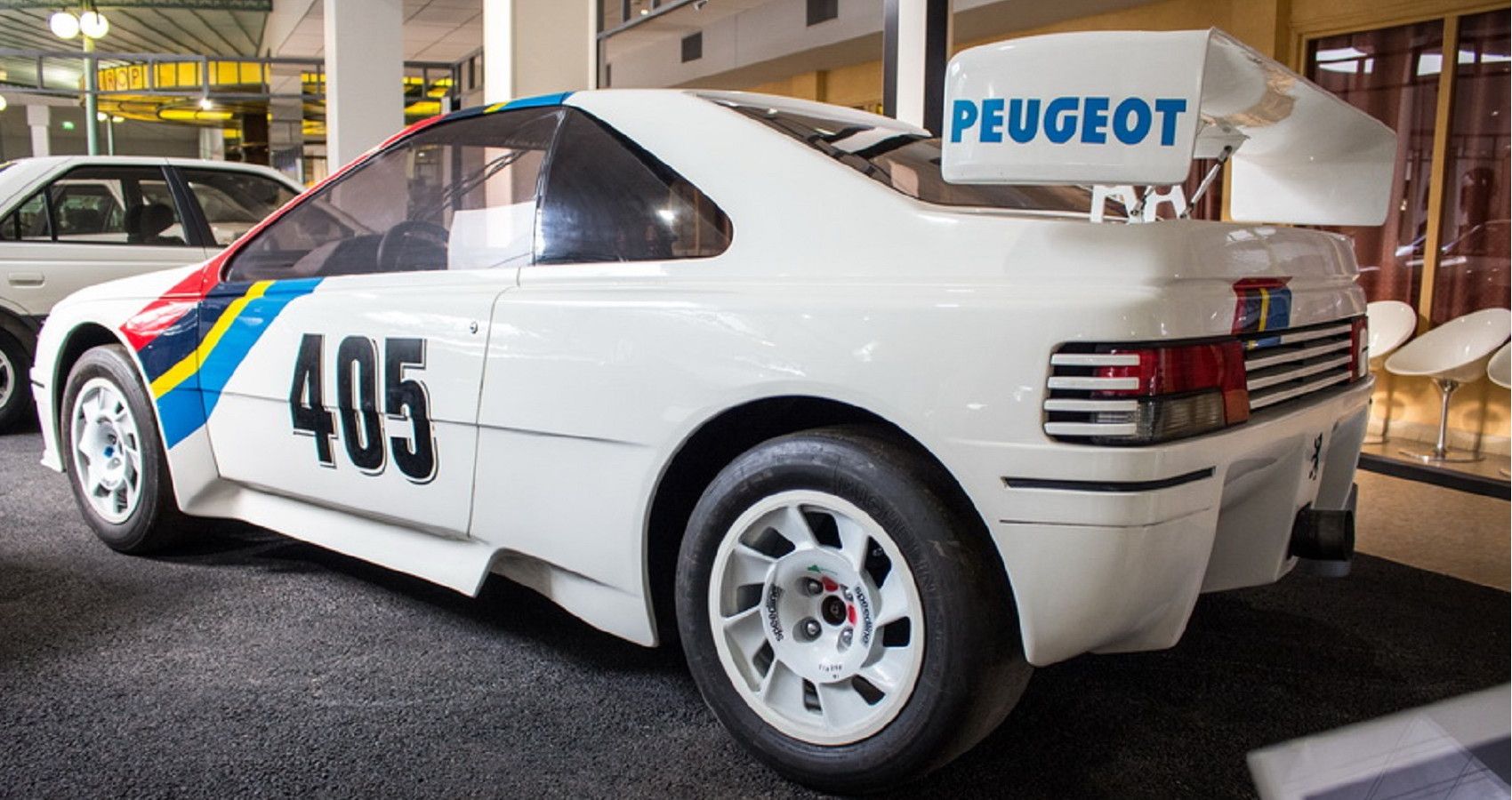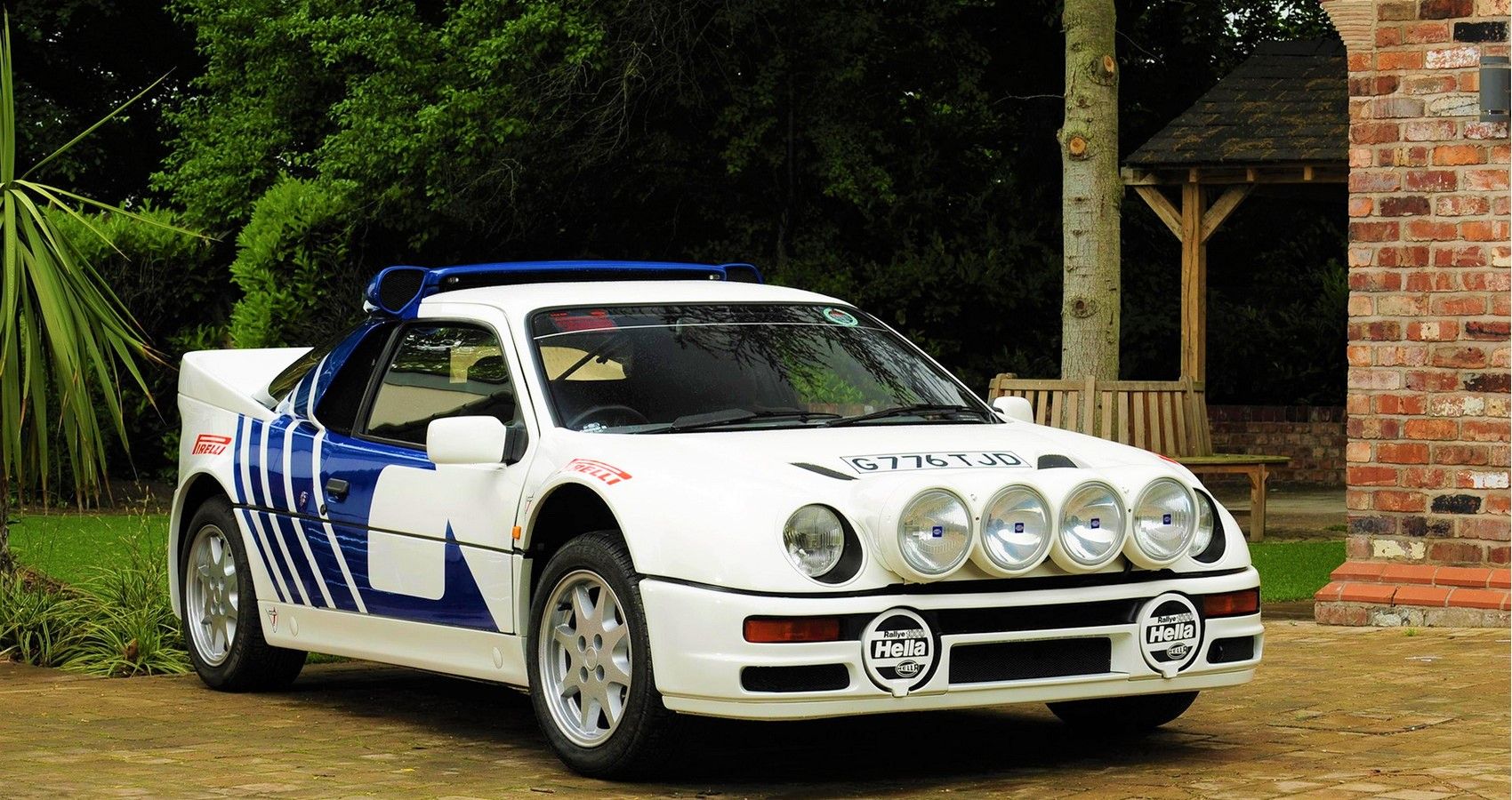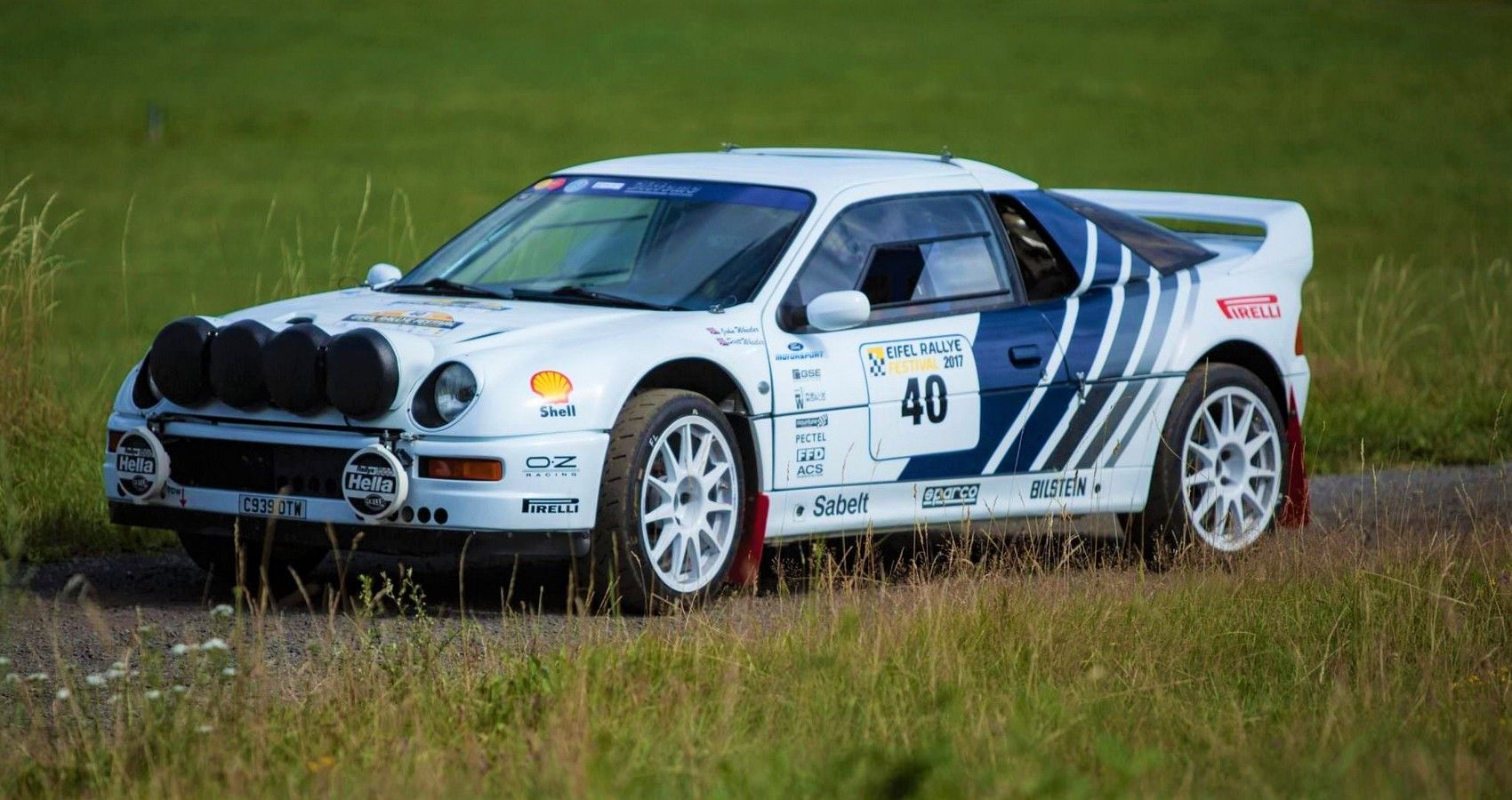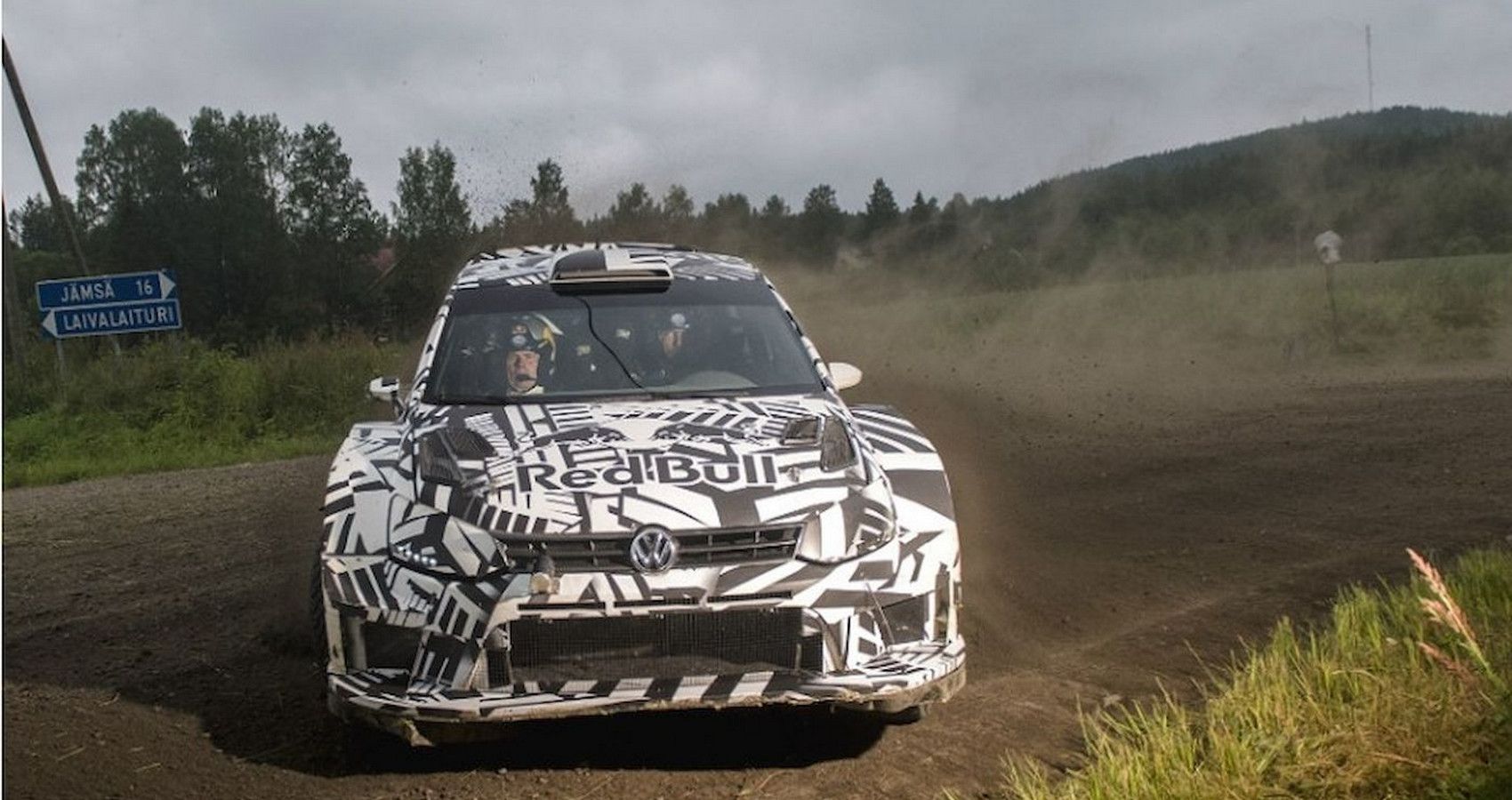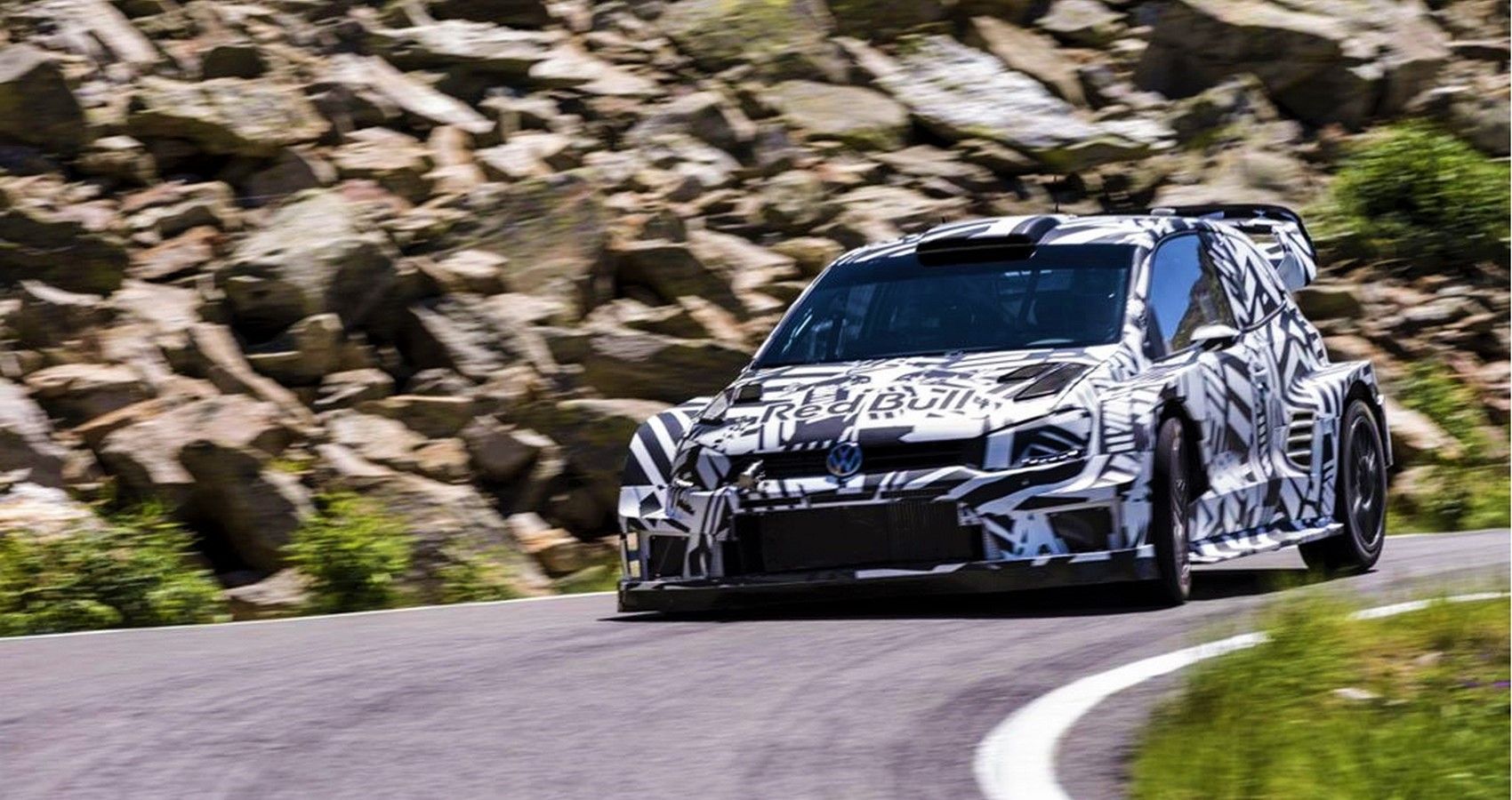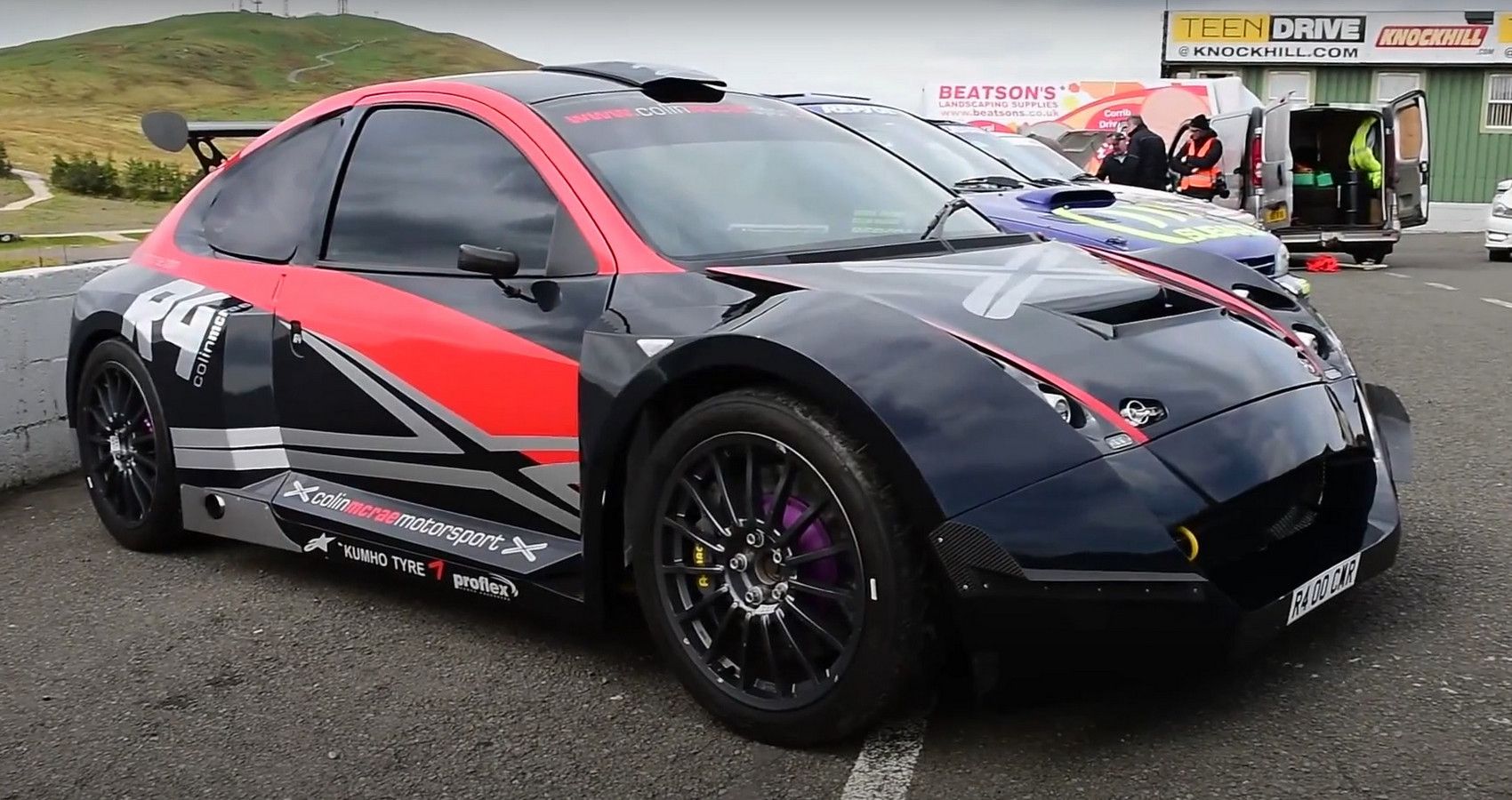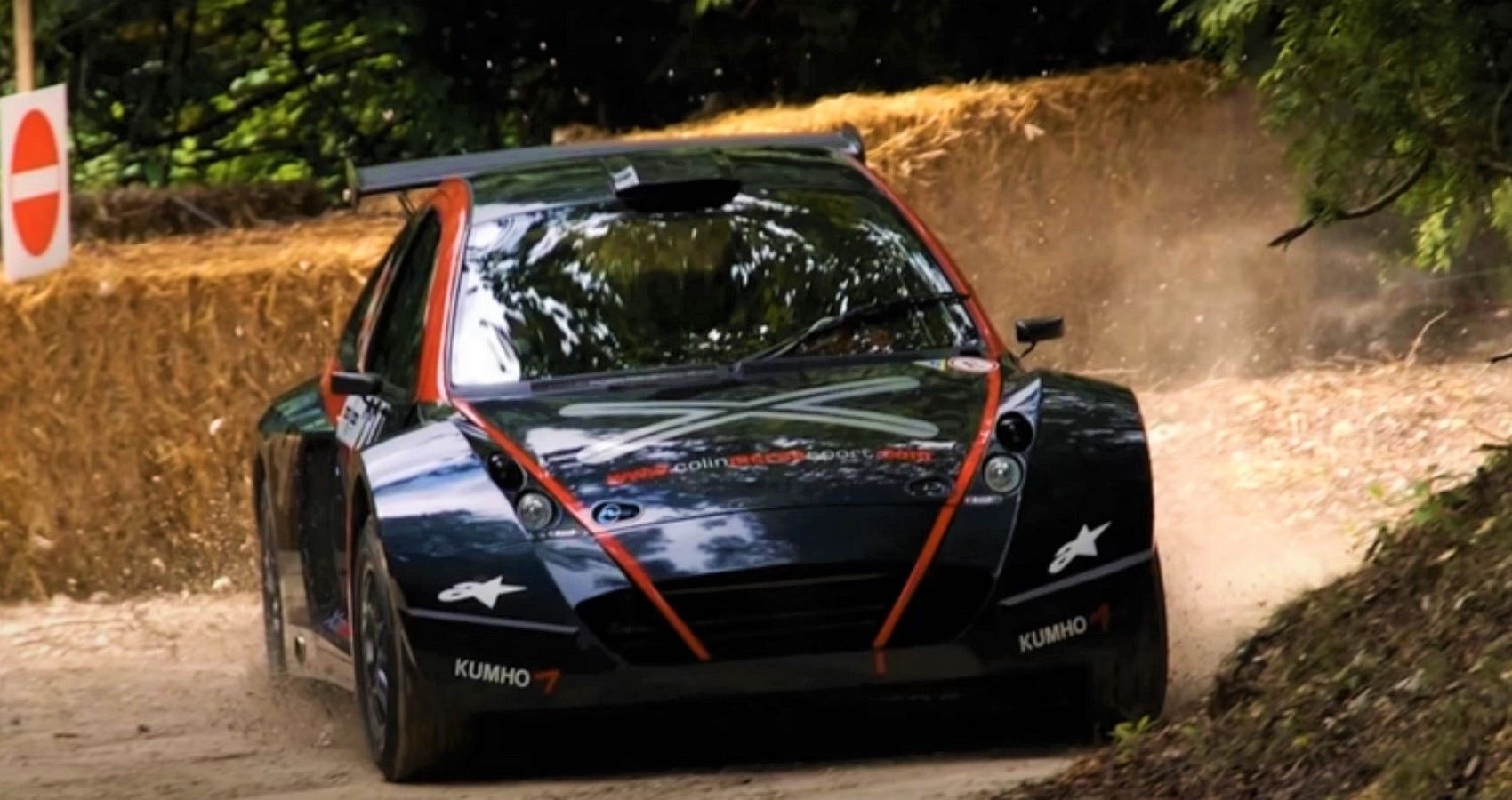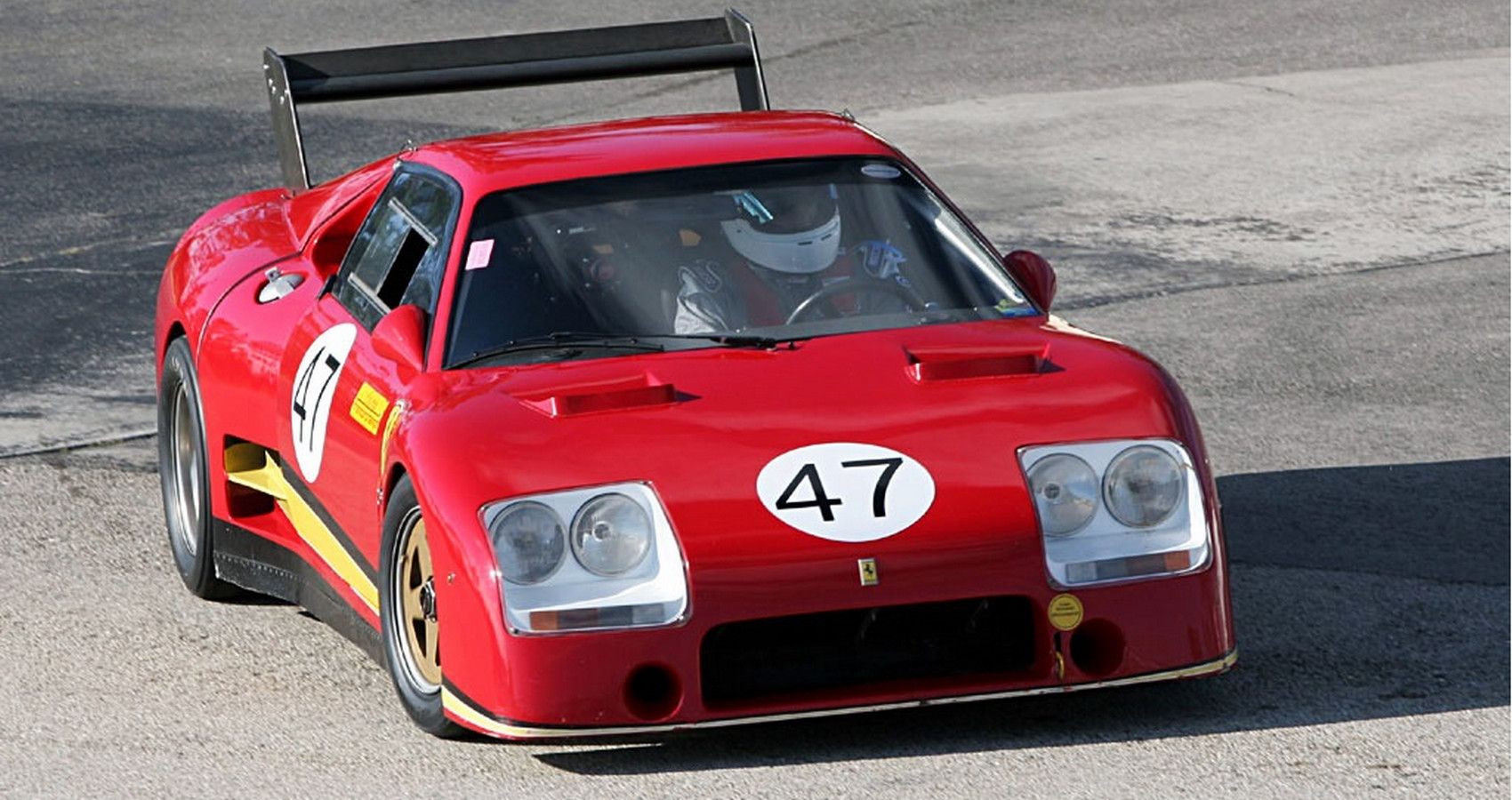The World Rally Championship (WRC) is without question the single most demanding motorsport series on the planet, prompting carmakers across the world to build the fastest, strongest, and most agile machines possible while conforming to strict regulations.
In the mid-eighties, recognizing a need to change or downgrade the current Group B off-road supercars, the FIA proposed a new set of regulations to bring performance and safety back into more manageable limits, forcing carmakers to adapt and regroup. New rules, new title, and no racing series ever appeared, Group S faltered even before the first event.
The problem lays with the rule makers, Group B was deemed too dangerous after a series of serious often fatal on track incidents evolved into Group S, except the rules were pretty much the same and power figure climbed, restrictors or not, the WRC's big hitters, Ford, Audi, and Lancia still packed 600 hp motors in cars weighing less than your average hatchback.
10 Lancia ECV
Lighter and more powerful than the mighty Delta Integrale, Lancia's proposed Group C spec ECV (experimental composite vehicle) had all the makings of a championship-winning car had the FIA not canceled the series.
Similar in appearance to the Delta, the two-door coupe profile concealed a raft of changes from the F1-inspired carbon fiber construction process to a highly innovative TriFlux twin-turbocharged 1.8-liter unit developing 600 hp, although the governing body artificially restricted output to a more sensible(?) 300 hp on the grounds of leveling the playing field.
9 Audi RS 002
Audi's official response to a changing WRC scene, the RS 002 developed secretly behind closed doors, so secret that even Audi management executives didn't find out its existence until a leaked testing photo made the headlines.
Already a dominant force, Audi's legendary Quattro credited with introducing all-wheel-drive in the early '80s looked set to transform the scene again, this time with a mid-engine prototype packing a turbocharged 6-cylinder motor reputedly kicking out 300 hp. Only one prototype is known to still exist, Audi, enforcing the destruction of the remaining two cars.
8 Lada Samara EVA / S-Proto
A Lada decked out with a widebody kit and huge rear wings surely had to be a joke, right? However, pulling up alongside this be-winged '80s era hatch might raise a few eyebrows when you learn this Lada is anything but slow.
The thinking behind Group S was to encourage other carmakers into the WRC series, Lada dutifully taking up the challenge with the Samara EVA S-Proto packing a 1.9-liter turbocharged 1.9-liter motor kicking out 300 hp. Sadly for Lada fans the demise of Group B and the non-start of the intended Group S, Ladas's Samara never got to prove its potential.
7 Toyota 222D Group S
We love the original, but if given the choice, Toyota should have produced the 222D Group S racer for public use. Imagine the MR2 stripped back to basics and given a huge injection of steroids, and you'd be halfway there.
The MR2 was by no means a heavy car, however, stripping back anything non-essential and replacing panels with lighter materials resulted in an incredible weight saving of 632 lbs. Impressive as this sounds, it's under the rear deck that Toyota got serious, adding all-wheel-drive and a potent 2.2-liter turbocharged motor dishing up 600 hp. With no WRC series to contest, the 222D disappeared, much of its mechanicals were put to use in the later Celica GT-Four.
6 Vauxhall Astra / Opel Kadett E 4S
The non-event of Group S probably did GM a huge favor with their Opel Kadett-based WRC entrant. Despite being a well-sorted chassis set up, the Kadett's Manta B Cosworth-modified engine suffered from poor reliability, leading to an unlikely, if embarrassing replacement.
In 1985, a replacement 1.9-liter turbocharged Zakspeec motor pushing out 500 hp coupled with the excellent Xtrac AWD set-up proved to be a robust combination. However, on closer inspection, GM's new WRC contender appeared to have a hidden identity, despite Zakspeed branding, its engine came from rival Ford's Escort Mk II.
5 Peugeot 405 T16 Group S
Following Peugeot's highly successful 205 T16 with a larger coupe design might seem like an odd choice, but stripping away the 405s longer bodyshell the two are largely identical, sharing the tubular framework construction and drivetrain.
With the extra inches adding versatility, the Group S premature demise, led Peugeot to adapt and develop the 405 T16 into a successful Rally Raid contender. Most gearheads will however remember the 405 T16 as the Pikes Peak special.
4 Ford RS200S Prototype
Evolutionary rather than a fresh approach, Ford's RS200 Group S prototype, built on the already successful RS200, stripped away excess weight through the use of composite materials. With the surprise announcement of the Group S regulations demise, Ford unsurprisingly halted the development.
Only one fully complete RS200 S was ever produced, utilizing Ford's Group A YB engine producing up to 600 hp, depending on boost levels. If the category had gone ahead, the mandatory use of air-flow restrictors would have dropped the engine back to around 300 hp.
3 Volkswagen Polo WRC 2017
All-new, or just upgraded take your pick, Volkswagen's 2017 WRC Polo R in early pre-season testing proved to be a worthy title defender, faster, more agile, and packing a 370 hp motor. Despite the huge jump in performance, it never turned a wheel in anger, a late decision by the FIA banned VW from the 2017 campaign, ending a run of titles dating back to 2013
Depending on differing stories, some claim the VW emissions scandal delayed the German carmaker's development and homologation, others claiming testing and reliability issues. With a huge jump in power, as much as 60 hp over its predecessor, we'll never know if VW would have retained the title.
2 Colin McRae R4
Bearing the name of Rally world Champion Colin McRae you know the R4 developed in conjunction with DJM Motorsport is going to be something special. What might come as a surprise is the less than an obvious choice for inspiration, Ford's Ka capturing McRae's attention during a factory visit, led to the R4's inception.
Even the styling takes an unusual twist, DJM and McRae turning to game creators Codemasters for the body design, a first in automotive history. Envisaged to use either a 2.5-liter or bigger 3-liter V6 power, the R4 debuted at Goodwood Festival of Speed in 2007, an instant hit with attendees. Later that year, production and development came to a halt, the unexpected loss of Colin McRae put the R4 on hold.
1 Ferrari 308 GT/M
All too briefly, Ferrari dabbled with the idea of Rallying with a highly modified Group B prototype under the 308 GT/M name. Two years in development had blunted the 308 GT/M's potential, a rise of all-wheel-drive dominance ultimately put the idea to rest with three examples eventually sold off to private owners. Ferraris rallying experience amounting to nil.
Under the rear clam-shell, Ferrari utilized a tuned variant of their 3-liter V8 motor fitted with fuel injection, it sent 370 hp to the rear wheels via a robust Hewland 5-speed manual transmission. Canceling the project might have robbed WRC fans of the most famous of carmakers names, but like other Group B/S prototypes, the 308 GT/M's development later contributed to other projects.

